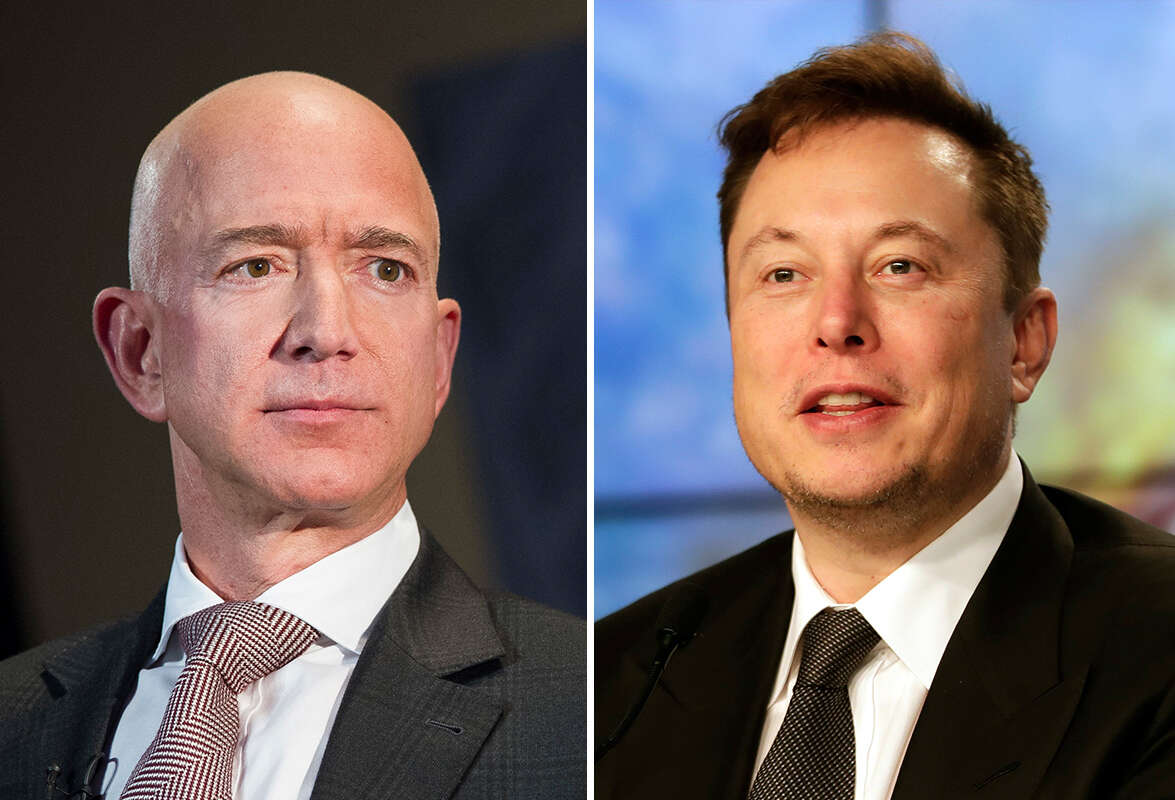Amazon's plans to enter the satellite internet arena took a big step forward this month: the company's Project Kuiper satellites passed a critical test of its intersatellite laser communication technology, paving the way for the service to begin operating next year. We used Forefront to provide details about the experiment.
Like SpaceX's Starlink satellites, Project Kuiper aims to provide high-speed internet access from anywhere in the world through an array of more than 3,000 satellites in low Earth orbit. In October, Amazon launched two prototype satellites to test the technologies needed to operate the service. During this month, it conducted an experiment to test optical connectivity between satellites, which uses infrared lasers to transmit data between satellites. This is a serious challenge, since the laser beam needs to be very precise in order to reach from satellite to satellite – a distance of about 2,600 km according to the design of the array – while flying at a speed of up to 25,000 km / h.
The prototype satellites were able to maintain a stable connection at 100 gigabits per second – an impressive speed and an important milestone towards the operation of a commercial Internet service. What's more, the experiment showed that Amazon's intersatellite communications system can connect thousands of satellites, allowing it to efficiently route internet traffic on its service. The company boasted that its speeds were 30% faster than fiber traffic on the ground – so Amazon's Internet could, in principle, offer speeds higher than wired internet.
Now, the company plans to start piloting the service in 2024 and reach worldwide coverage in 2029. The company intends to offer most users speeds of up to 400 megabits per second – equivalent to the basic speeds of fiber internet today.
As we know, a similar service has been offered by Elon Musk's SpaceX for several years – but its expensive price and strict regulation prevent users in many countries from accessing it. Musk recently visited Israel to promote approval of the service here, and it is expected to be available to Israelis soon. And while it seems like he should be wary of the new competitor, that doesn't seem to be the case – first of all, Amazon will take at least another 5 years to reach coverage equivalent to the one already on Musk's service; Second, the speed Amazon intends to offer is lower than what Starlink offers (though the speed most subscribers actually get is significantly lower); And third, due to delays in the development of Jeff Bezos' space company's rocket development, Blue Origin, at least most of Amazon's satellites will actually be launched by Musk's competitor – and earn a handsome revenue, of course.
Wrong? We'll fix it! If you find a mistake in the article, please share with us

